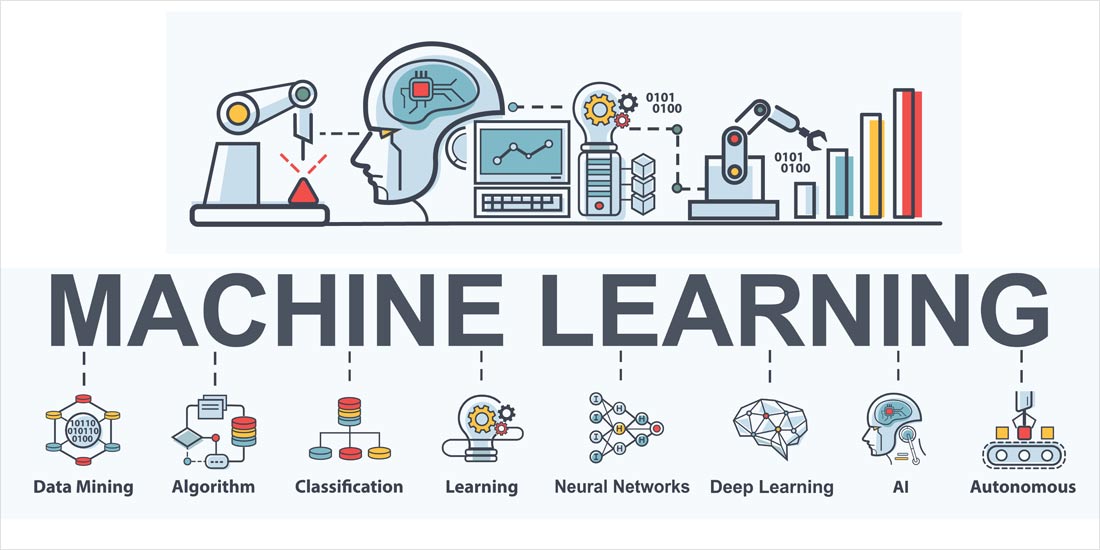Introduction to the Future of AI Devices
The concept of an ideal AI device is both imaginative and within reach. It represents the convergence of cutting-edge AI with thoughtful design to create something fundamentally new, not a smartphone 2.0, but a different category altogether, one that augments our abilities while demanding less of our attention. OpenAI’s ongoing collaboration with Jony Ive has given us a tantalizing hint that such a future is being actively explored. We’ve heard whispers of a screenless, elegant gadget that might fit in our pocket and handle the digital minutiae of life with calm efficiency.
The Vision for an Ideal AI Device
We’ve seen tech visionaries describe it as a “seamless conduit” for AI and a chance to “completely reimagine” how we interact with computers. The ideal AI device should have always-on AI smarts and human-centric design, changing our daily routine and societal fabric. It should be a device that makes technology more humane, undoing some of the unintended side effects of the smartphone age such as distraction, overload, and friction.
Key Features of the Ideal AI Device
- Ambient Intelligence: The ability of the device to be aware of its surroundings and adjust its behavior accordingly.
- Calm Computing: A design approach that focuses on reducing distractions and promoting a more peaceful interaction with technology.
- Voice-Driven Interfaces: The use of voice commands to interact with the device, making it more natural and intuitive.
- Empathetic Design: A design approach that prioritizes the user’s emotional well-being and comfort.
Challenges and Expectations
None of this is to say that building such a device is easy. On the contrary, it’s one of the most ambitious undertakings in tech today, requiring breakthroughs in hardware, software, and user experience. But the fact that companies are investing in this (with multi-billion dollar bets) shows a growing conviction that the post-smartphone era is on the horizon. Perhaps the first generation of these AI devices, whether from OpenAI/Ive or others, will only get part of the way there. Initial attempts like the Humane AI Pin have shown both glimmers of possibility and the pains of being a 1.0 product.
The Potential Impact
If the eventual product coming from the Altman-Ive team aligns closely with this ideal vision, it could truly kickstart a revolution in personal tech. And if it doesn’t quite hit the mark initially, we can hope that feedback and further innovation will drive it closer in subsequent versions. The ideas discussed are likely to define much of the tech landscape in the years ahead, no matter who implements them first.
Conclusion
We stand at a fascinating inflection point. Just as the introduction of the iPhone in 2007 transformed how billions live, work, and connect, a breakthrough AI device in the mid-2020s could have a similar seismic impact, hopefully for the better. The ideal AI device, as we’ve imagined, would not only be a technical marvel but a statement that technology can evolve to become quieter, more intelligent, and more attuned to us as human beings.
FAQs
- Q: What is an ideal AI device?
- A: An ideal AI device is a convergence of cutting-edge AI with thoughtful design, aiming to create a new category of technology that augments human abilities while demanding less attention.
- Q: What features should an ideal AI device have?
- A: It should have always-on AI smarts, human-centric design, ambient intelligence, calm computing, voice-driven interfaces, and empathetic design.
- Q: Is building an ideal AI device easy?
- A: No, it requires breakthroughs in hardware, software, and user experience, making it one of the most ambitious undertakings in tech today.
- Q: What impact could an ideal AI device have?
- A: It could kickstart a revolution in personal tech, making technology more humane and undoing some of the negative effects of the smartphone age.










